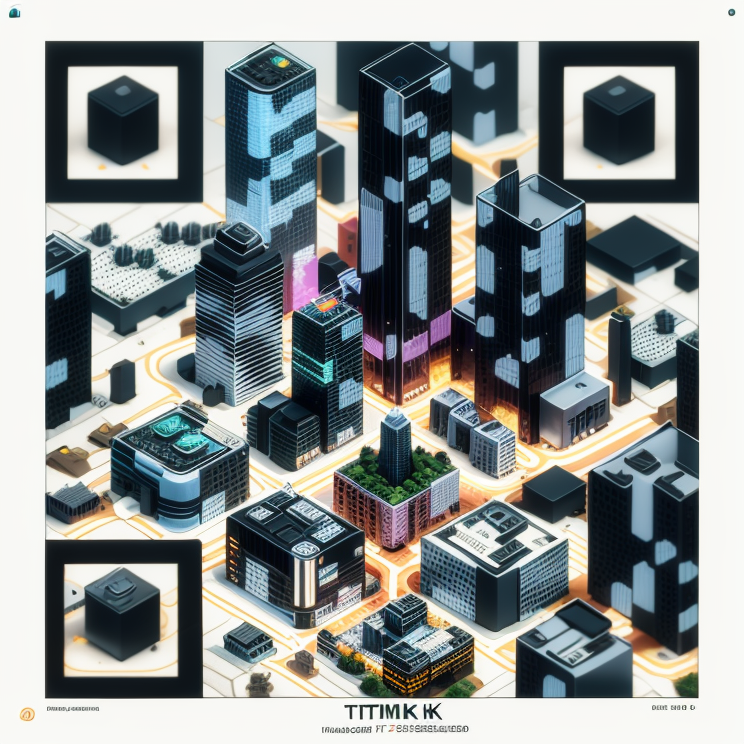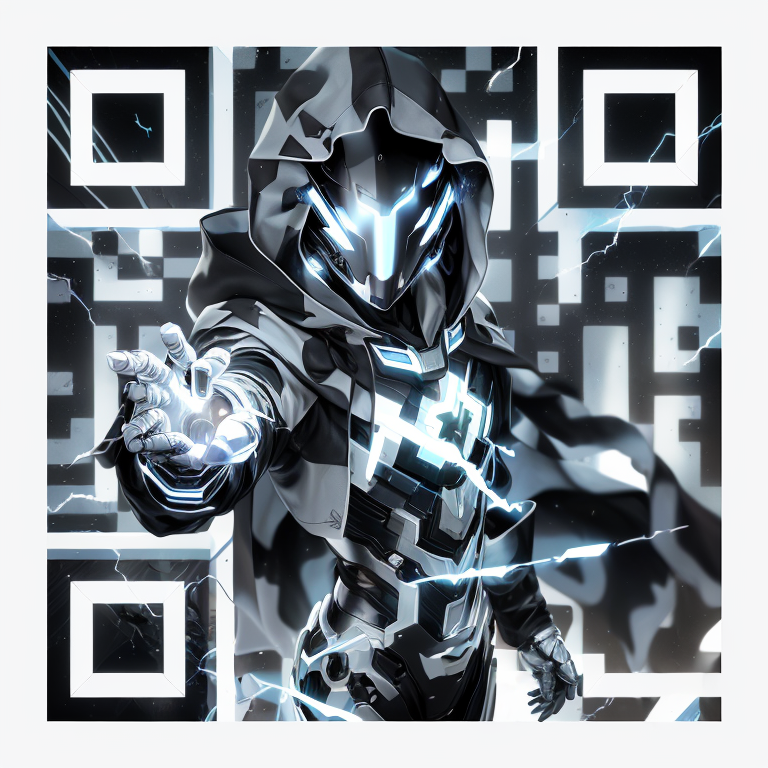
Although QR codes are extremely useful for all kinds of paper-to-device or device-to-device interactions, they are unanimously viewed as rather boring in their design. However, it is possible to make your QR codes look less boring, thanks to AI. The examples in this post were designed using either Stable Diffusion, a popular AI design tool, or getQR.ai, an upcoming online AI tool to create gorgeous QR codes.

Why should you use QR codes in your marketing?
QR codes, short for Quick Response codes, are two-dimensional barcodes that can be scanned using a smartphone or a QR code reader. They were first developed in Japan in the 1990s and have since gained popularity worldwide. QR codes contain encoded information, such as text, URLs, or other data, which can be quickly accessed by scanning the code with a compatible device.

In the realm of marketing, QR codes offer a versatile and powerful tool for businesses to engage with their customers. They can be placed on various marketing materials, such as posters, flyers, product packaging, or even in digital advertisements. Here’s how QR codes can be useful for marketing:
- Enhanced interactivity: QR codes enable customers to interact directly with a brand or product. By scanning a QR code, users can access additional information, watch videos, participate in surveys, enter contests, or download exclusive content. This interactivity enhances engagement and creates a more immersive experience for customers.
- Mobile-friendly experience: With the widespread use of smartphones, QR codes provide an easy and convenient way for customers to access information or offers instantly. By scanning a QR code, users can be directed to a mobile-optimized website or landing page specifically designed for marketing campaigns, ensuring a seamless experience for mobile users.
- Trackable and measurable: QR codes allow marketers to track and measure their campaigns’ effectiveness accurately. By generating unique QR codes for different marketing channels or campaigns, businesses can gather data on scan rates, conversion rates, and customer behavior. This data provides valuable insights that can be used to refine marketing strategies and optimize future campaigns.
- Cost-effective and versatile: Implementing QR codes into marketing campaigns is relatively low-cost compared to other traditional marketing methods. Moreover, QR codes can be easily updated or modified without the need for reprinting materials, making them highly versatile for dynamic marketing campaigns.
- Bridge between offline and online marketing: QR codes serve as a bridge between the physical and digital worlds. They enable seamless integration between offline and online marketing efforts. For example, a QR code on a product package can lead customers to an online store for making a purchase or provide additional product information.
In conclusion, QR codes provide a valuable marketing tool by offering enhanced interactivity, mobile-friendly experiences, trackable data, cost-effectiveness, and bridging the gap between offline and online marketing. As businesses continue to seek innovative ways to engage with customers, QR codes remain a relevant and effective strategy in the ever-evolving digital landscape.



